
In the quest for understanding food and fitness, there’s no shortage of information to digest. It’s more like information overload. Even the brainy among us are left scratching our heads.
To break down the basics, we recently caught up with Amy Giannotti, Dietitian, Sports Dietitian, Personal Trainer, Running Coach and athlete. Amy is the author of her own e-book, Fit Fabulous Foodie and the creator of healthy breakfast staple, Amy’s Grains. She specialises in weight management, hypertrophy, eating disorders, allergies and intolerances, vegan/vegetarian eating, pregnancy and sports performance.
It’s fair to say that when it comes to training and nutrition, this woman knows what she is talking about!
Watch: not turning up to the gym? Sam Wood gives us five exercises you can do anywhere. Post continues after video.
Food is fuel.
We asked Amy to describe her personal philosophy:
“There are over 35 different nutrients and they all have essential roles within the body. That’s why we need to eat food, to get all of these nutrients or “tools”. If you are meeting 100 per cent of your nutrition requirements, it’s like putting ‘premium petrol’ in the tank. If we are deficient in some nutrients we can’t expect to function at our best.”
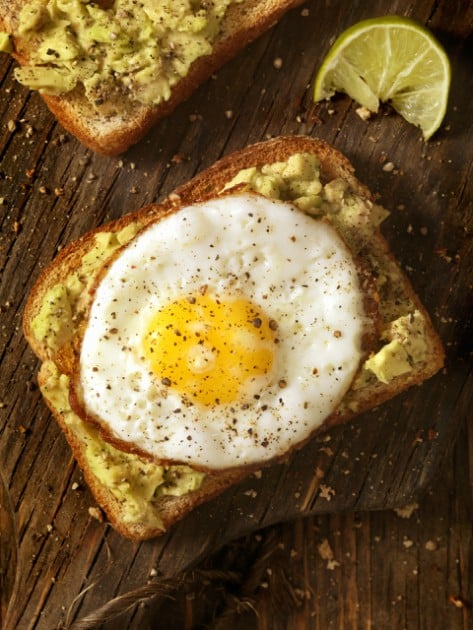
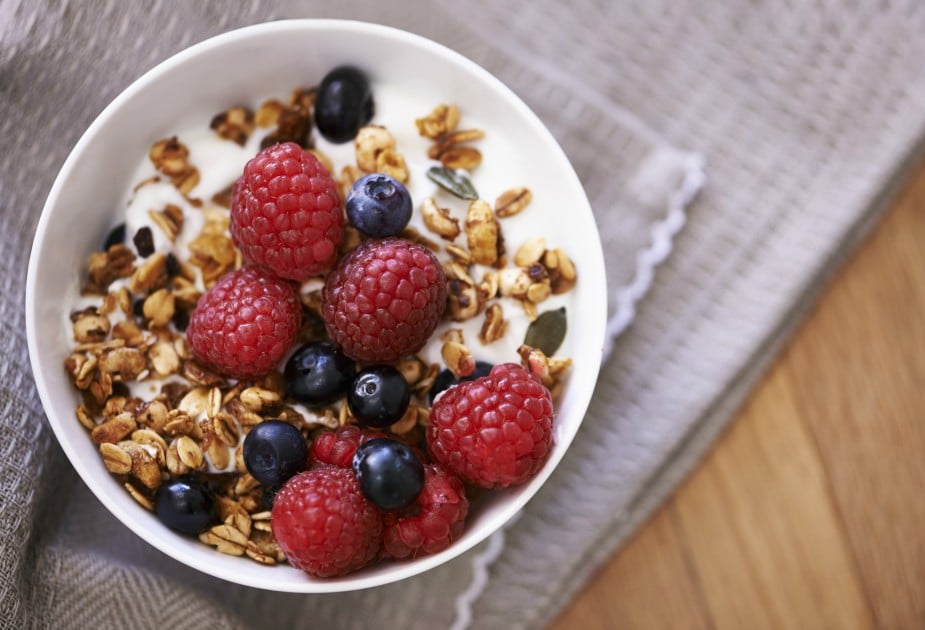
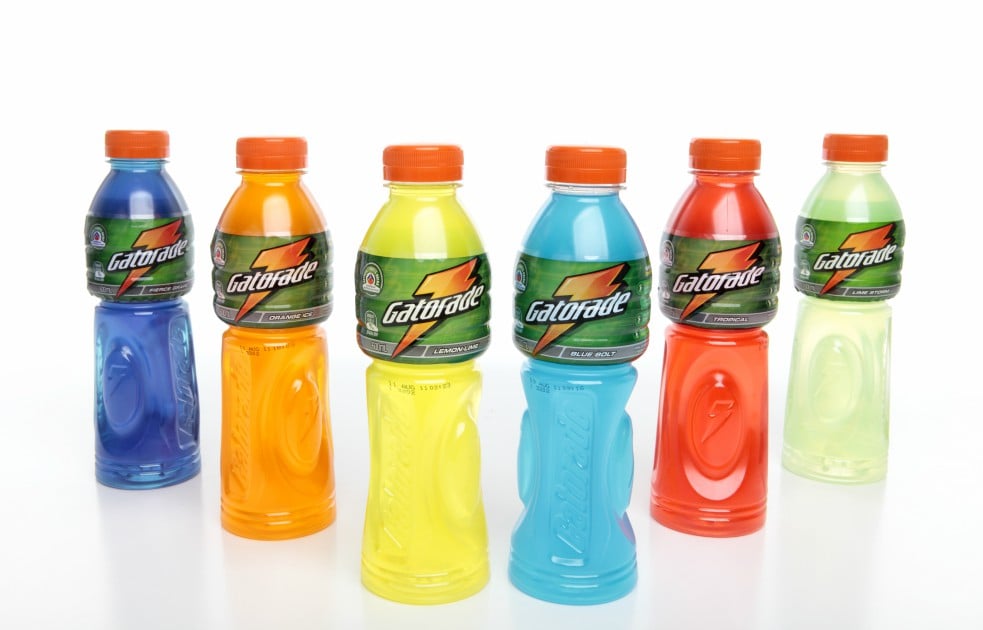
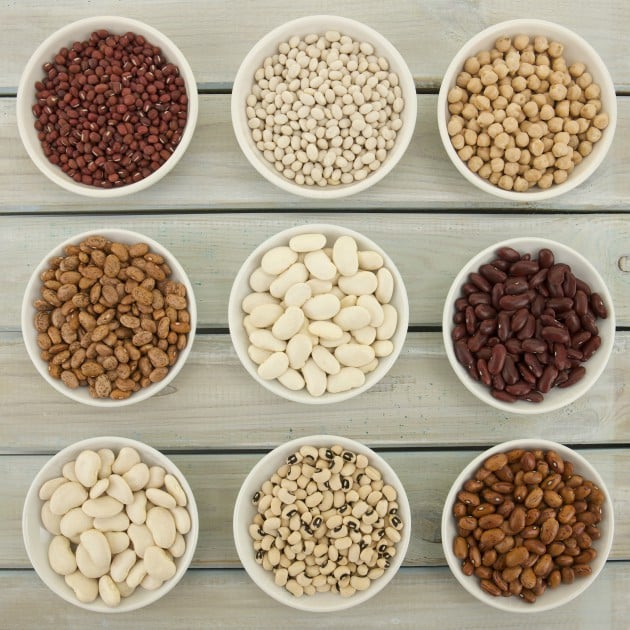
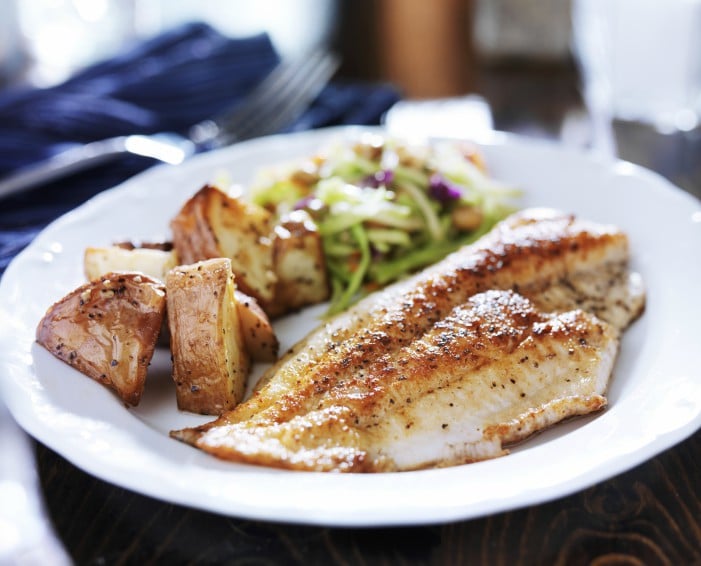
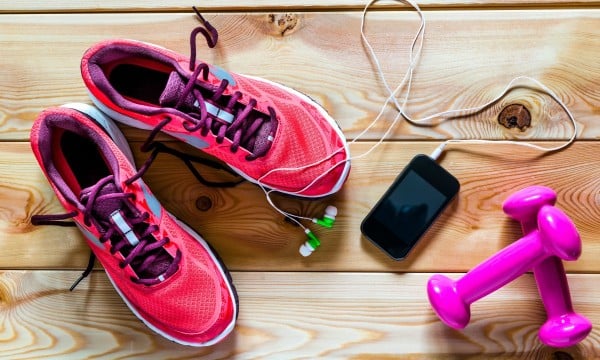
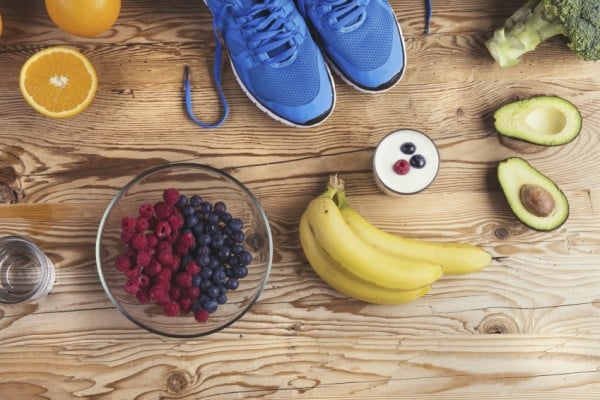
Top Comments
Your picture of nuts in the gallery are actually beans. 😞